Prunes are What???
Prunes are what fruit? Here’s the scoop – and everything else you ever wanted to know about this fabulous dried fruit.
Prunes are what fruit???
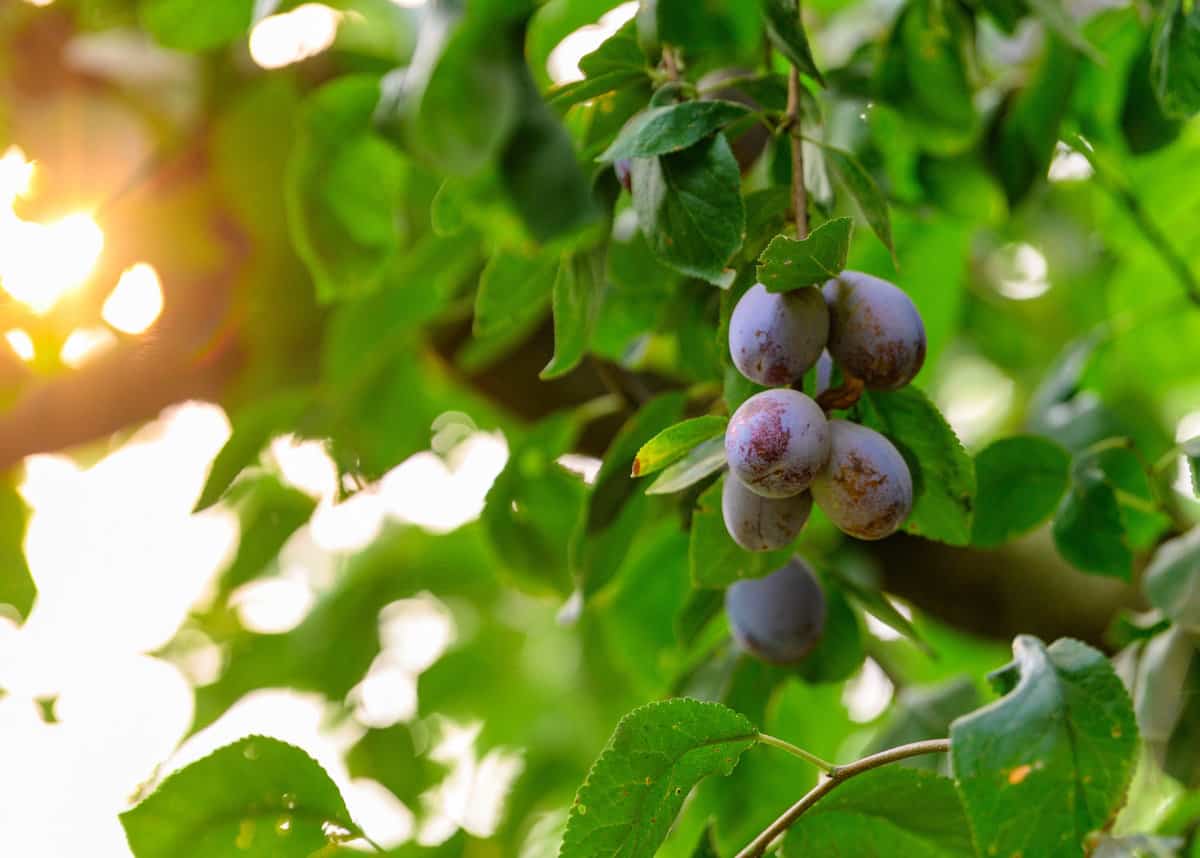
All prunes are plums, but not all plums are prunes. California prunes are made from one particular variety of plums, the Petit d’Agen. This specific plum has the perfect amount of sugar, allowing it to fully ripen on the tree without fermenting.
Where are prunes grown?
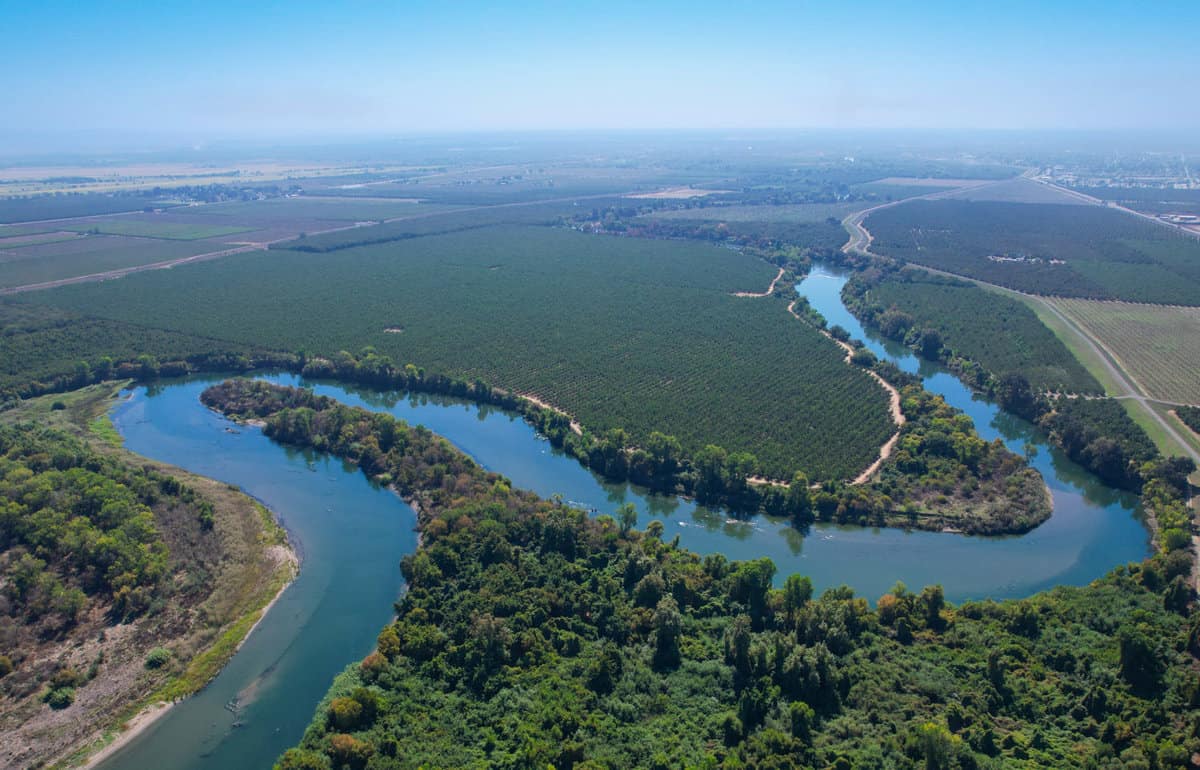
It’s hard to imagine, but the Silicon Valley was full of prune plum trees at one point! As tech took over, farmers moved to the east, discovering that Central California was an ideal location to replant their orchards. Today, over eighty percent of California Prunes are grown in the Sacramento Valley. The remaining 20% are grown in the San Joaquin Valley.
How long does it take for prune trees to produce fruit?
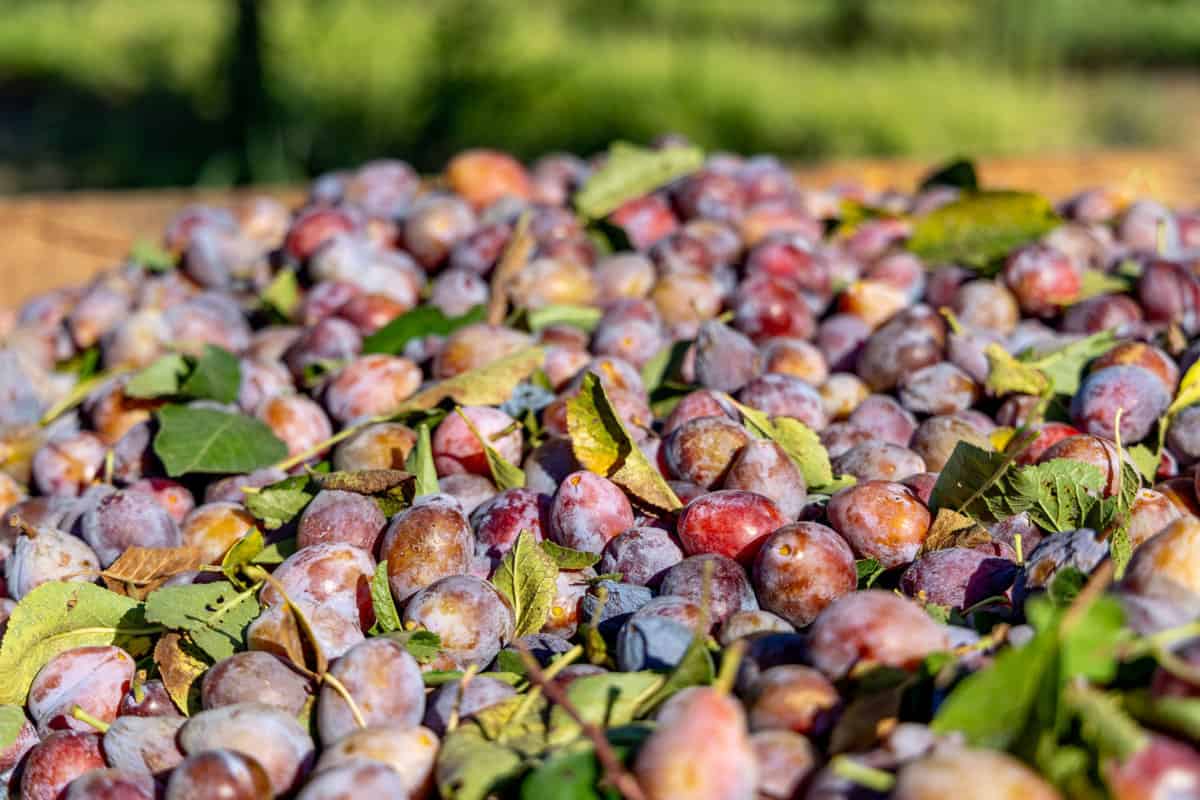
Patience is a virtue. It takes 4 to 6 years from the time of planting for a prune plum tree to produce fruit. Once a prune tree is 8 to 12 years old, it produces 150-300 pounds of prune plums yearly.
How long are prune trees productive?
A prune plum tree can continue to produce fruit for over 30 years.
How are prunes grown? Let’s look at what happens in prune orchards throughout the seasons!
Winter:
When are prune plum trees pruned?
Like all fruit trees, prune trees are dormant during the winter months. You might think this means that winter is a slow season for prune farmers, but nothing could be further from the truth. During winter, prune plum trees are meticulously hand pruned by a skilled crew to shape the tree, ensure a uniform fruit size, and maintain healthy growth. Mechanical pruning methods are currently being tested, which could save labor efforts and costs. Growers would only use these methods regularly if they can still maximize yields and avoid damage to the orchards.
Spring:
When do prune plum trees bloom?
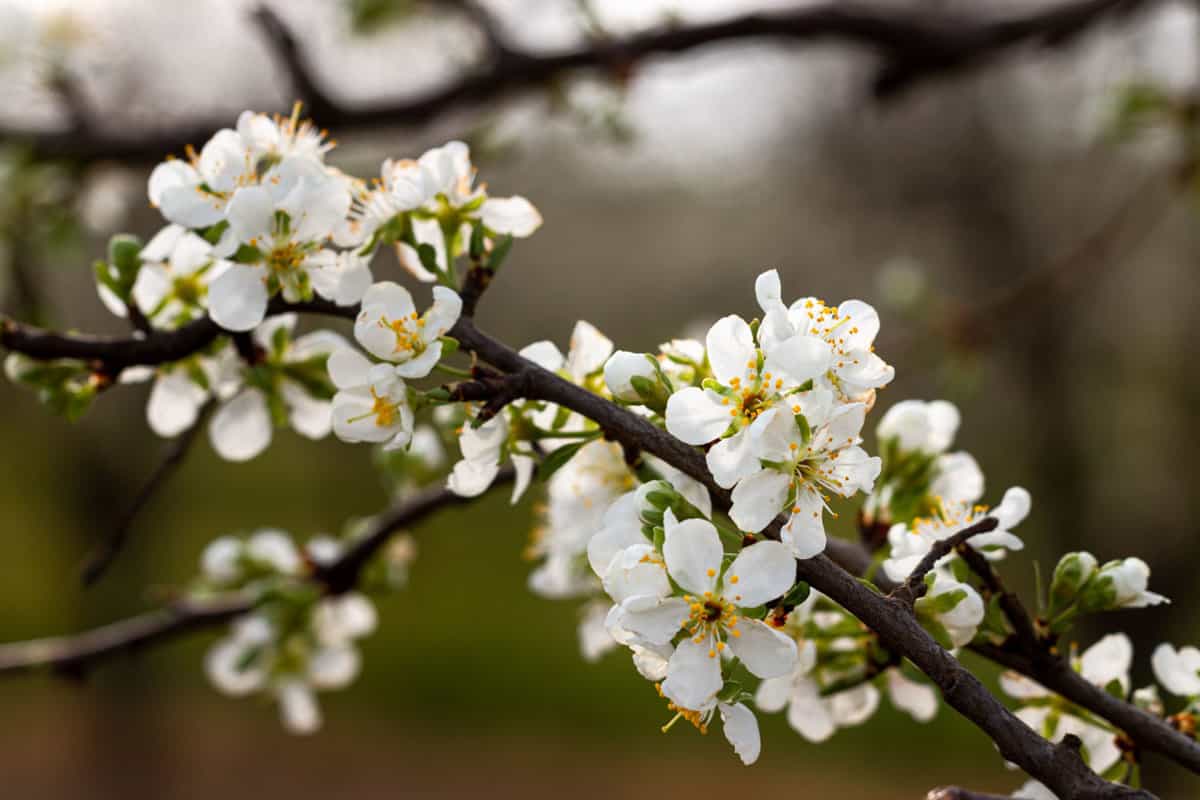
Prune plum trees burst into bloom during the spring. Timing varies yearly, but prune bloom typically occurs between March and April in California. For a short time, the trees are covered with fragrant white blossoms.
Do prunes need bees for pollination?
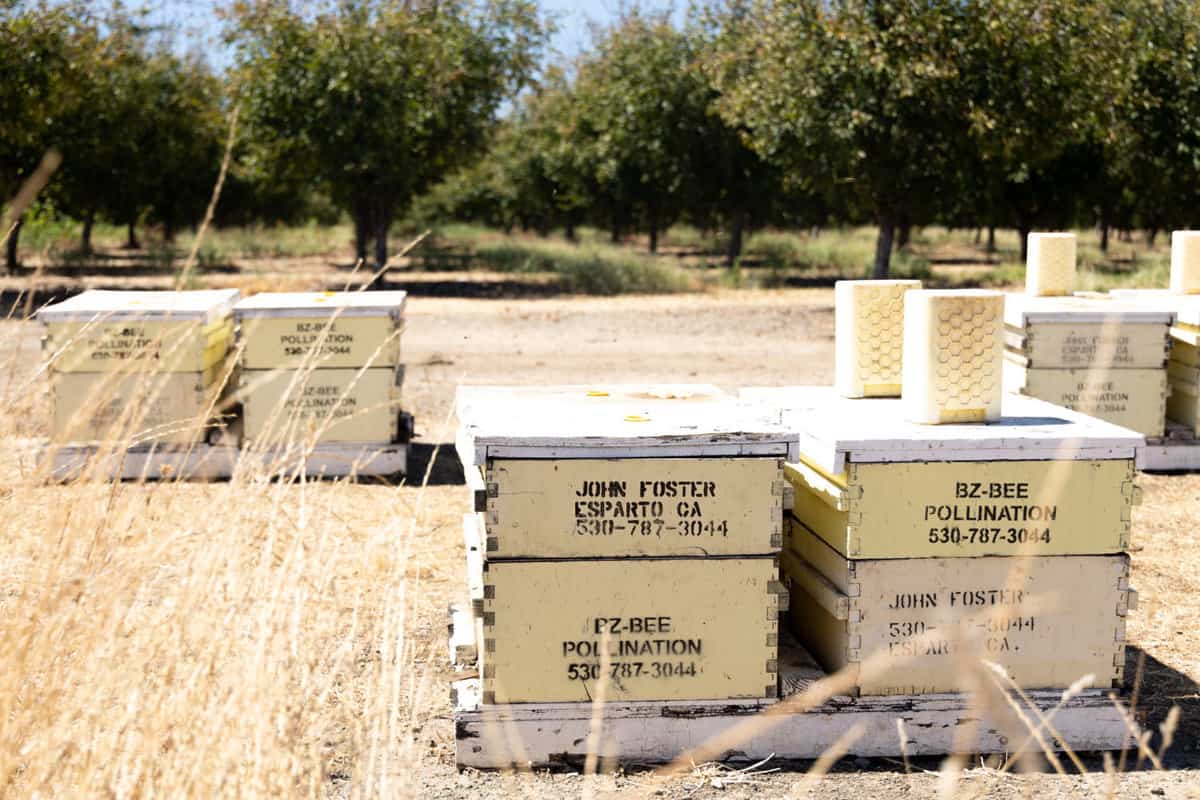
Prunes are self-fertile, but using bees to move pollen from flower to flower helps to increase the crop set. Having bee boxes nearby helps to increase the amount of fruit produced in an orchard.
What happens after prune trees bloom?
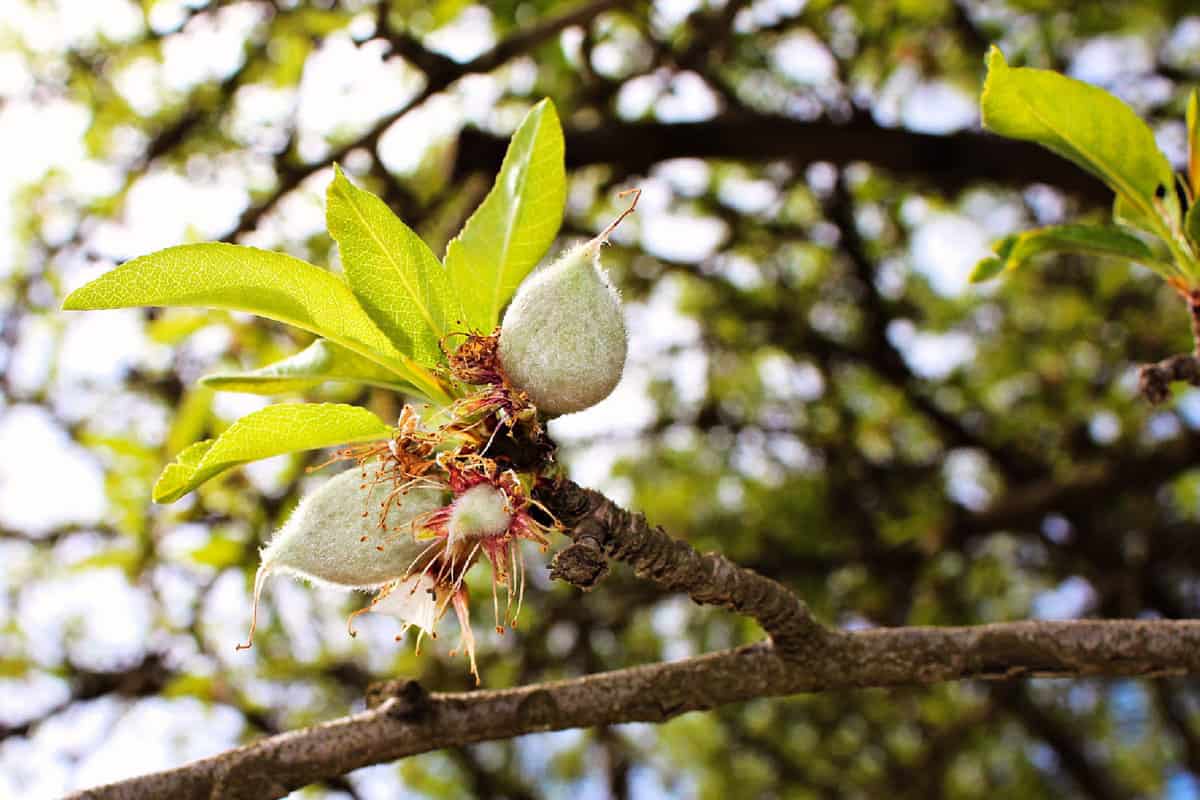
After about a week, the prune blossoms begin to fall to the ground. The orchard shifts from white to bright green as new foliage and young fruit emerge.
Do prune growers plant cover crops?
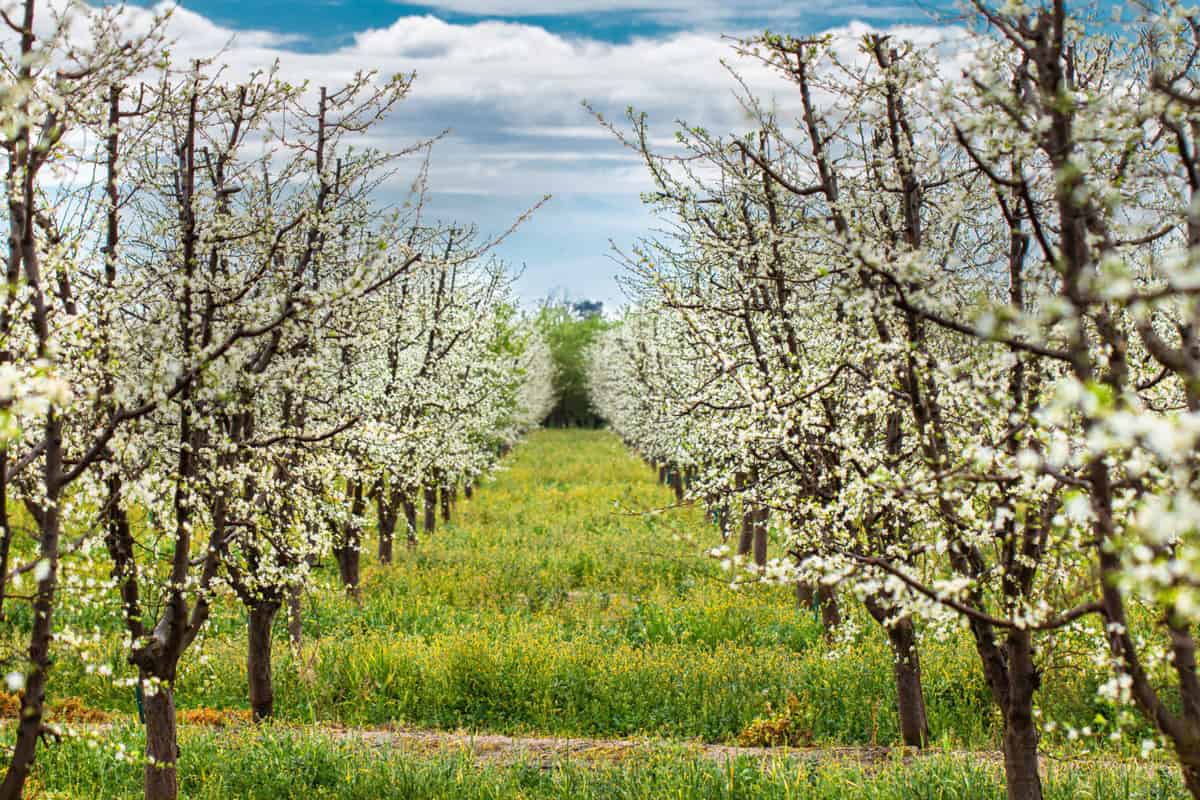
Some prune growers plant cover crops in between the rows of their orchards. Cover crops help add nutrients back into the soil, help the soil retain water, and even help control certain pests.
Summer:
Do prune trees need a lot of water?
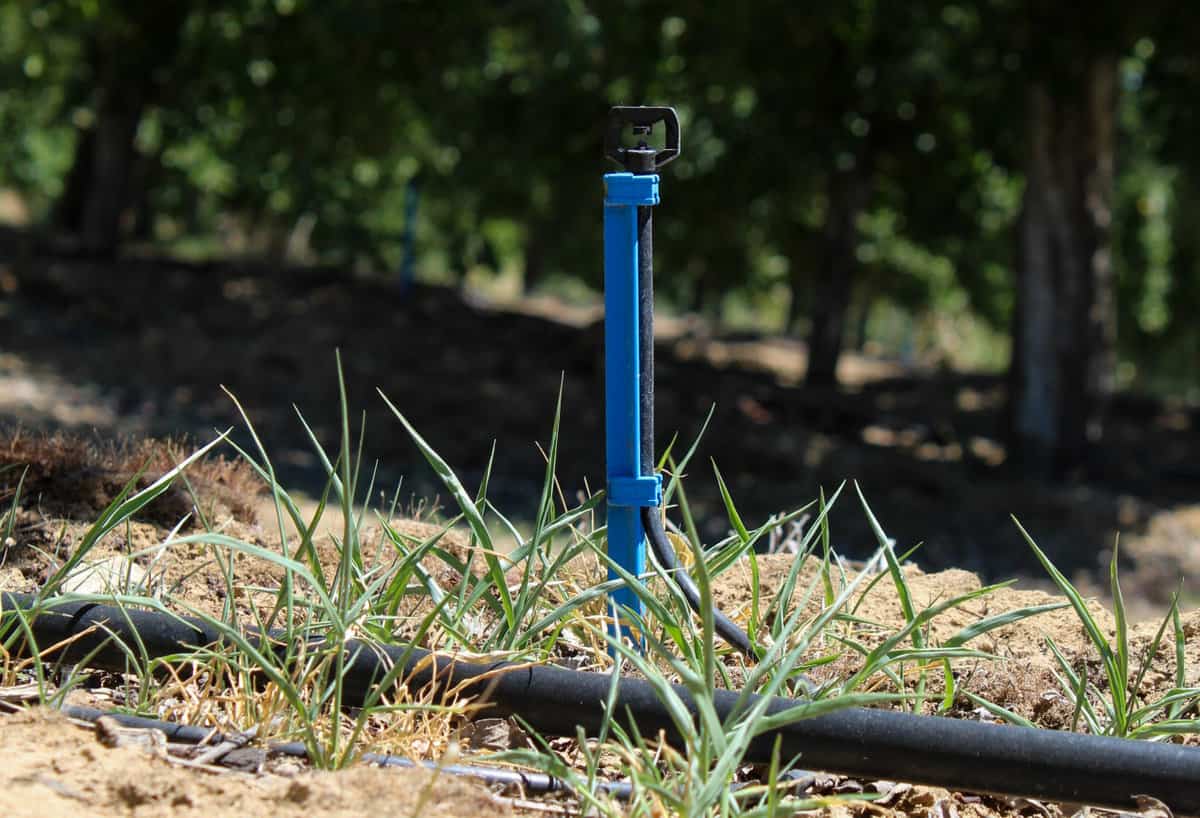
During the summer, farmers keep a close eye on their orchards as the fruit grows and matures. The main focus during the summer months is ensuring that each tree is given the perfect amount of water and nutrients to produce a premium crop. California farmers are committed to sustainability, and our prune growers are no different.
Most employ drip irrigation or precise micro-irrigation systems. These help to determine and deliver the exact amount of water necessary for each tree.
Fall:
When are prunes harvested?
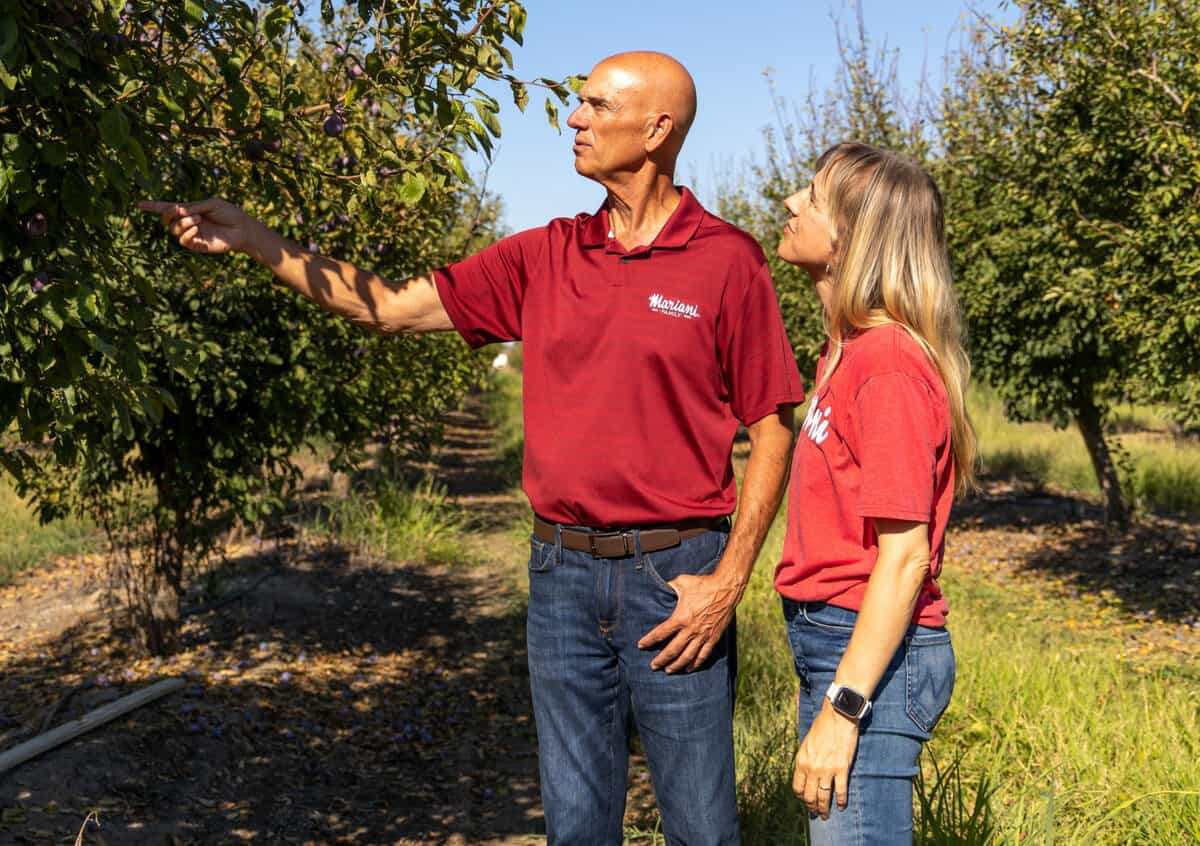
By around mid-August, the fruit ripens and is ready for harvest! Unlike some fruits, prunes are allowed to fully ripen on the tree. During this time, growers carefully monitor the firmness of the fruit and check sugar levels regularly. Once the crop is ripe, harvest begins!
How are prunes harvested?

Prunes are mechanically harvested by a team of skilled workers. Harvesters drive carefully down the orchard rows to collect the ripe fruit. A mechanical shaker attaches to the tree trunk and vigorously shakes it so that the fruit falls from the tree onto a conveyer belt, transporting ripe fruit to a storage bin.
These bins are then loaded on trucks and transported to a nearby drying facility.
Are prunes dried plums? How are they dried?
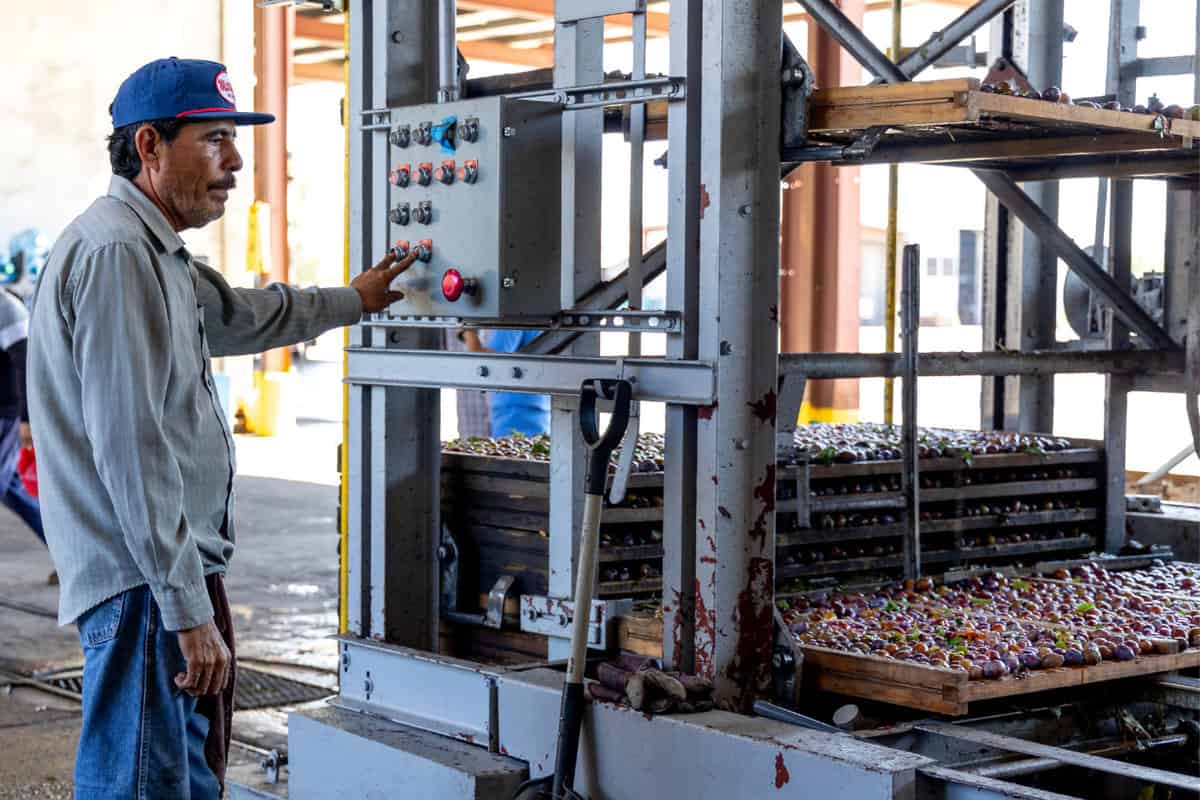
Prunes are simply dried plums – nothing more, nothing less. Upon arrival, the fruit is meticulously cleaned, graded and dried. The fruit is loaded onto trays, then stacked on rolling shelves ready to be dried. The shelves are rolled into climate-controlled tunnels and remain there for precise periods of time at exacting dehydration levels.
When they emerge, the prune plums have become California prunes! Fun fact: this process was actually developed and perfected by California prune growers!
From here, the prunes are sorted and graded a final time. The fruit is then packaged and placed in cold storage until it is transported to your local grocer!
How can you tell if prunes are California grown?
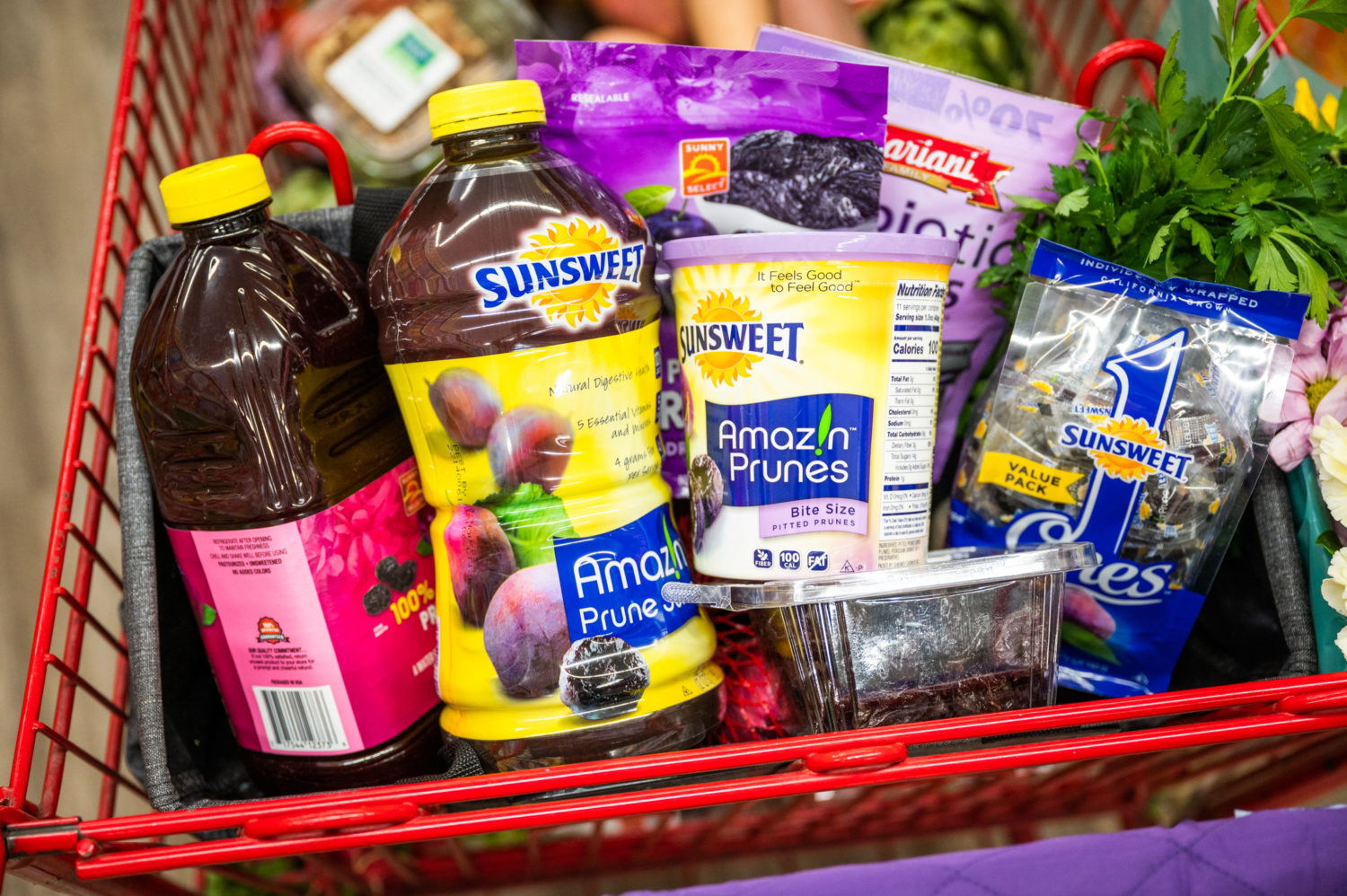
Look for the California Grown license plate on the product packaging or the store’s shelves. Pro-tip: Stores are required to list the country of origin for produce. If the prunes were grown in the United States, it’s safe to say they were California Grown.
Learn more about how to tell where your produce is from!
How do prune growers practice sustainable farming?
Let’s ask the experts! Our friends at California Prunes explained how their growers are doing their part to protect our air, water and soil!
Growing Cover Crops to help generate healthy soils, provide food for pollinators, increase carbon sequestration, prevent erosion, and improve irrigation efficiency.
Using Integrated Pest Management to address pest problems while limiting the use of sprays and pesticides, minimizing risks to people, beneficial organisms, and the overall environment.
Reducing Water & Improving Soil Health with precise micro-irrigation systems that reduce water needs by 30-35 percent and cultivate a robust cover crop.
Cultivating Spaces for Habitats & Biodiversity that maintain riparian habitats on the edges of family farms, using perching owl boxes that keep critters under control, and leveraging bee boxes during bloom that supports pollinator health and the surrounding ag ecosystem.Powering Operations with Renewable Energy by investing in solar to produce energy used for pumping water, running dryer’ fans, and lighting facilities.
Our favorite recipes starring California Prunes
Now that you know how California Prunes are grown and harvested, let’s get to the good part: our favorite recipes. Start by mastering prune pureé – it’s a great way to add moisture and depth of flavor to a variety of recipes.
Bonus: Did you know that you can use prune puree to replace some of the fats, sugar or even eggs in your favorite baking recipes? Check out our friend Alison’s handy guide to baking with prunes.
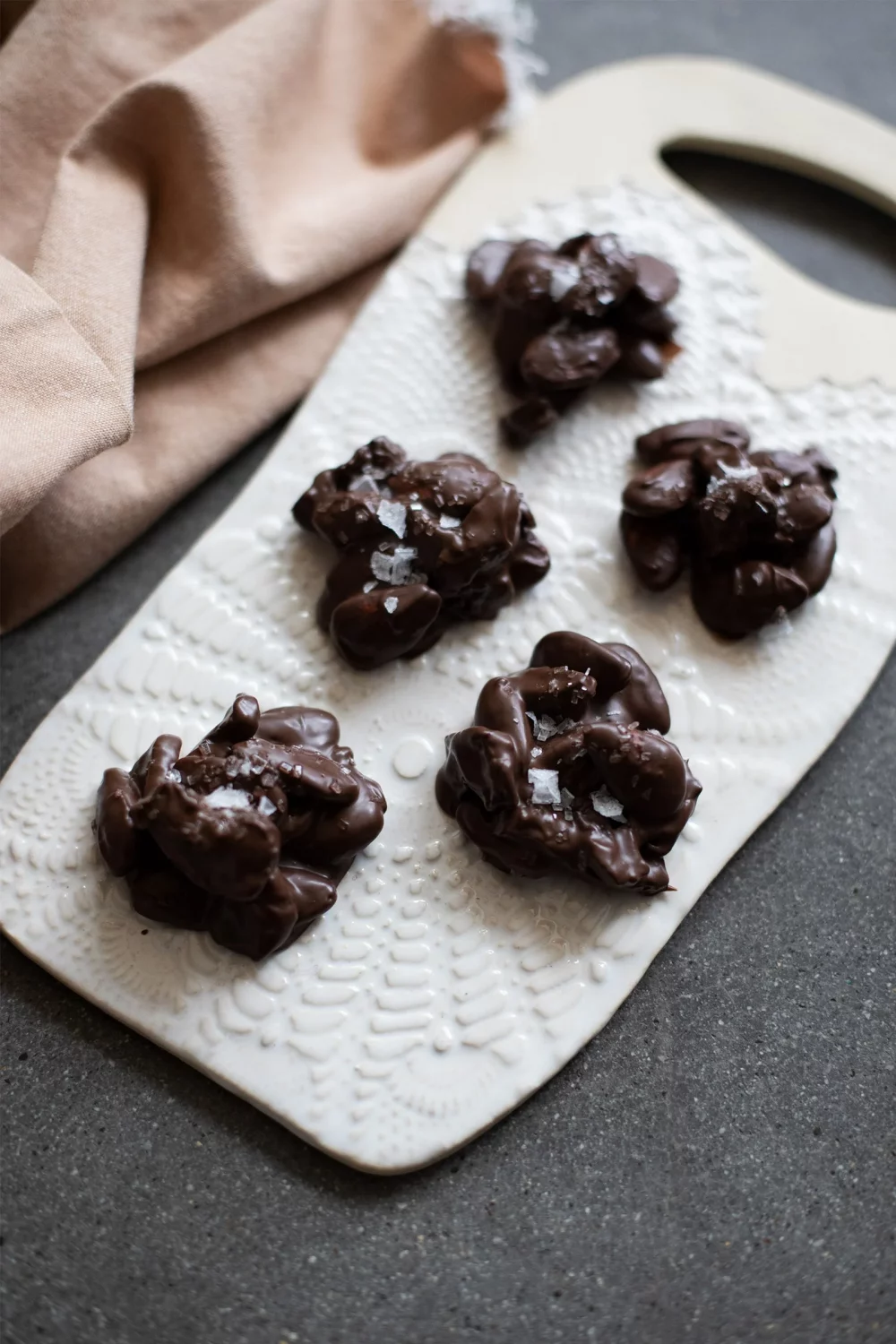
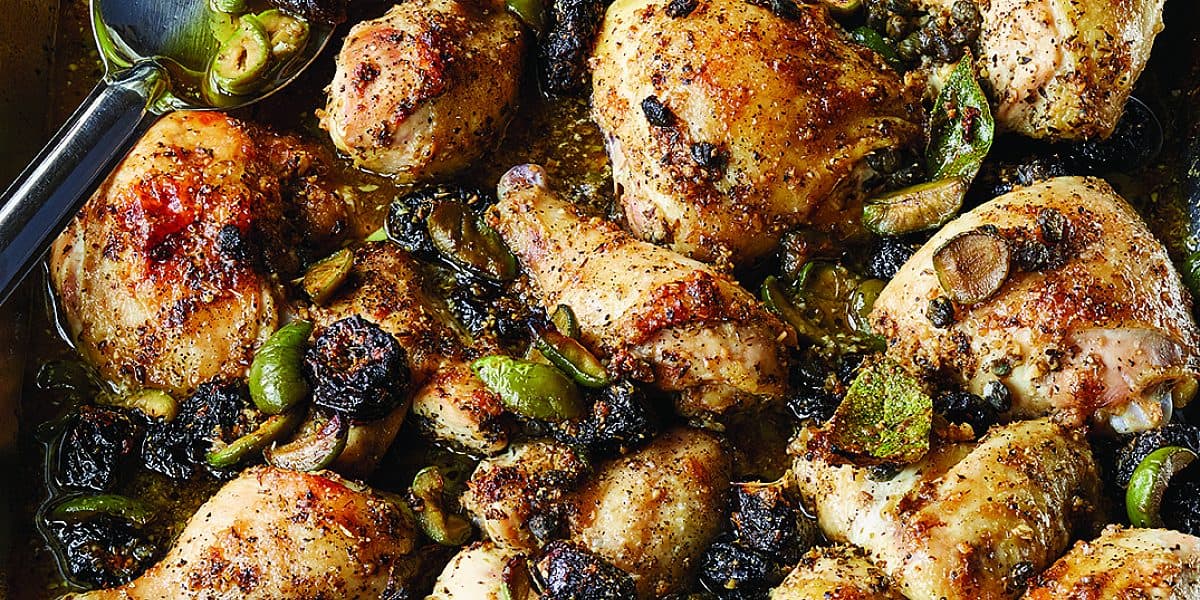
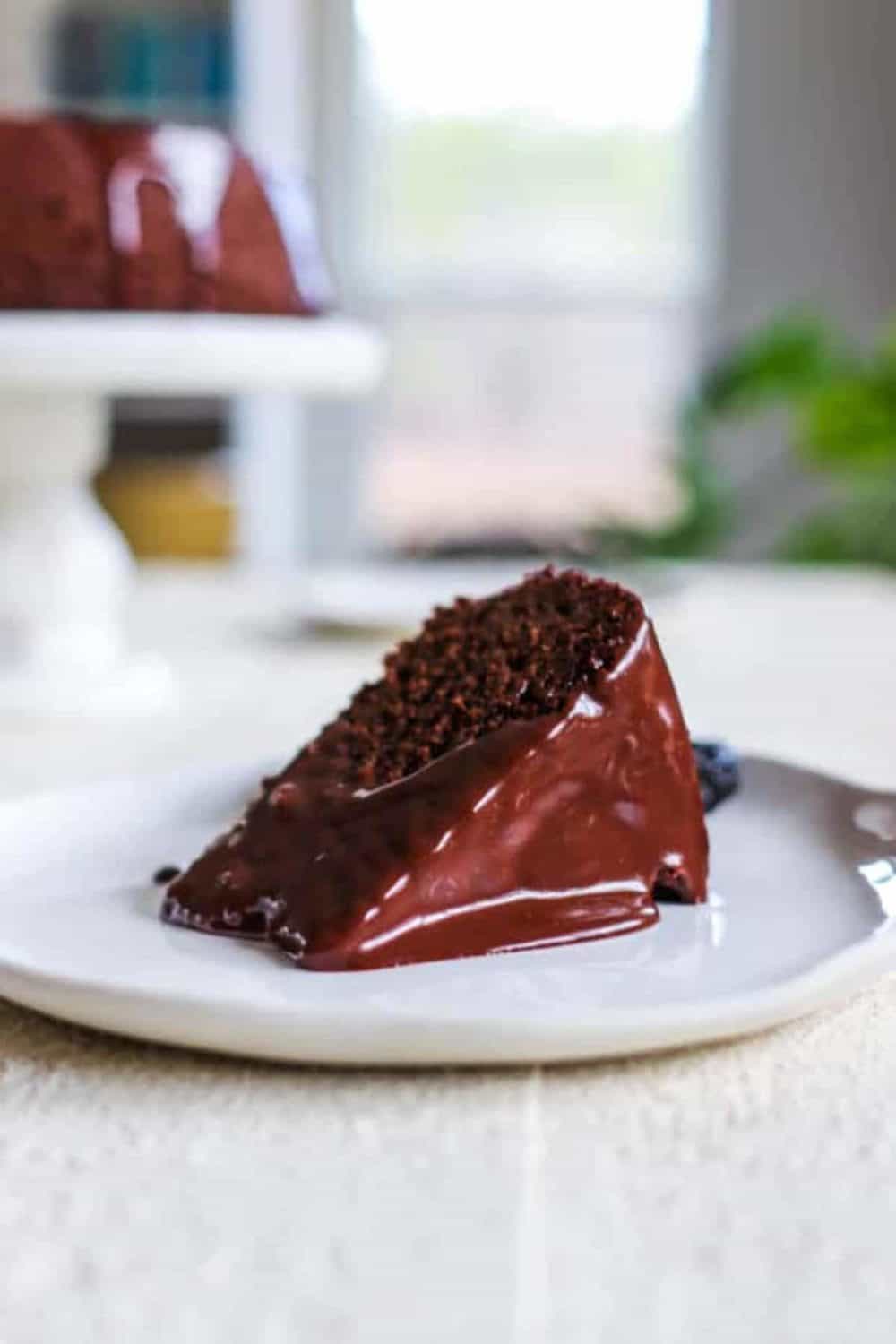
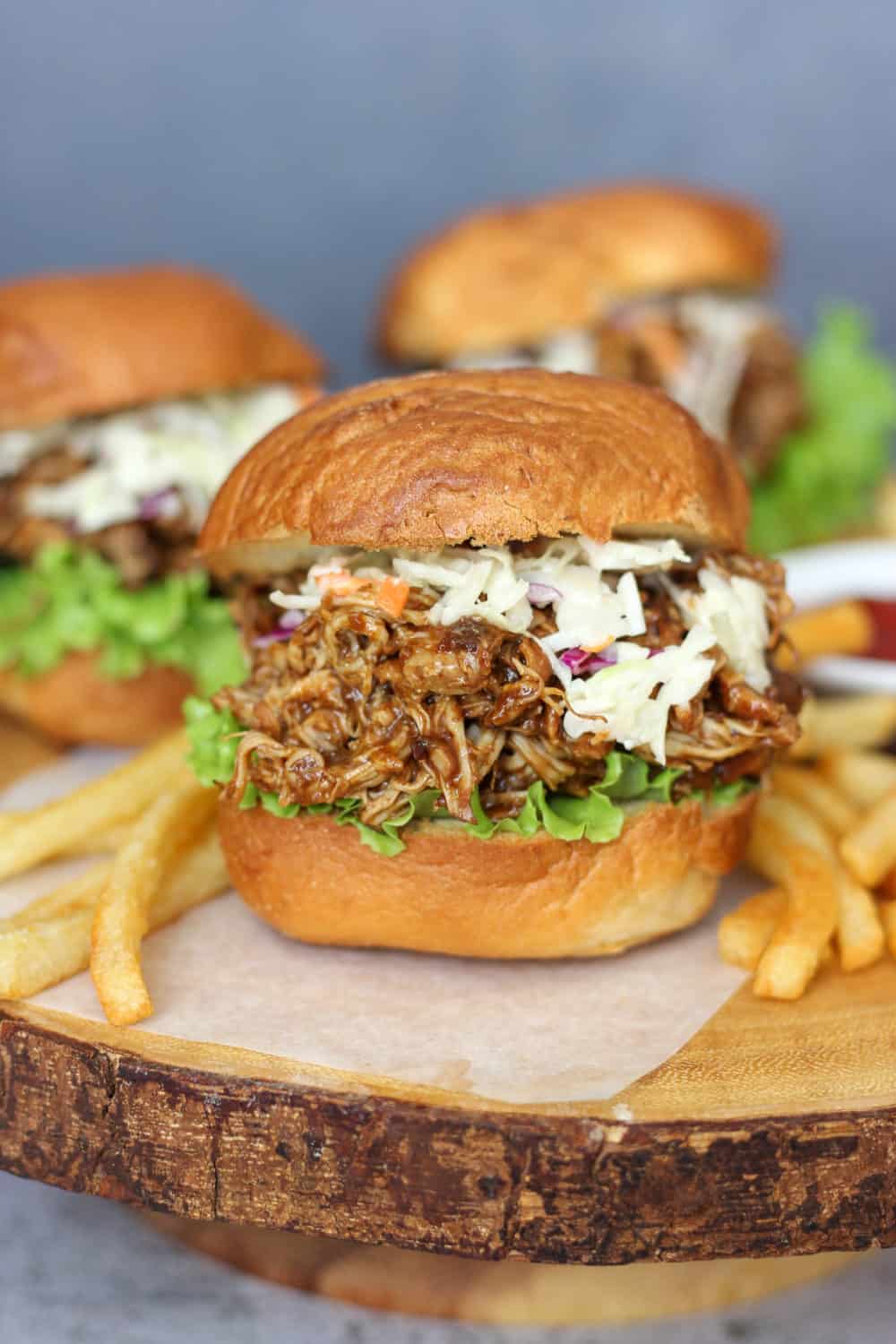
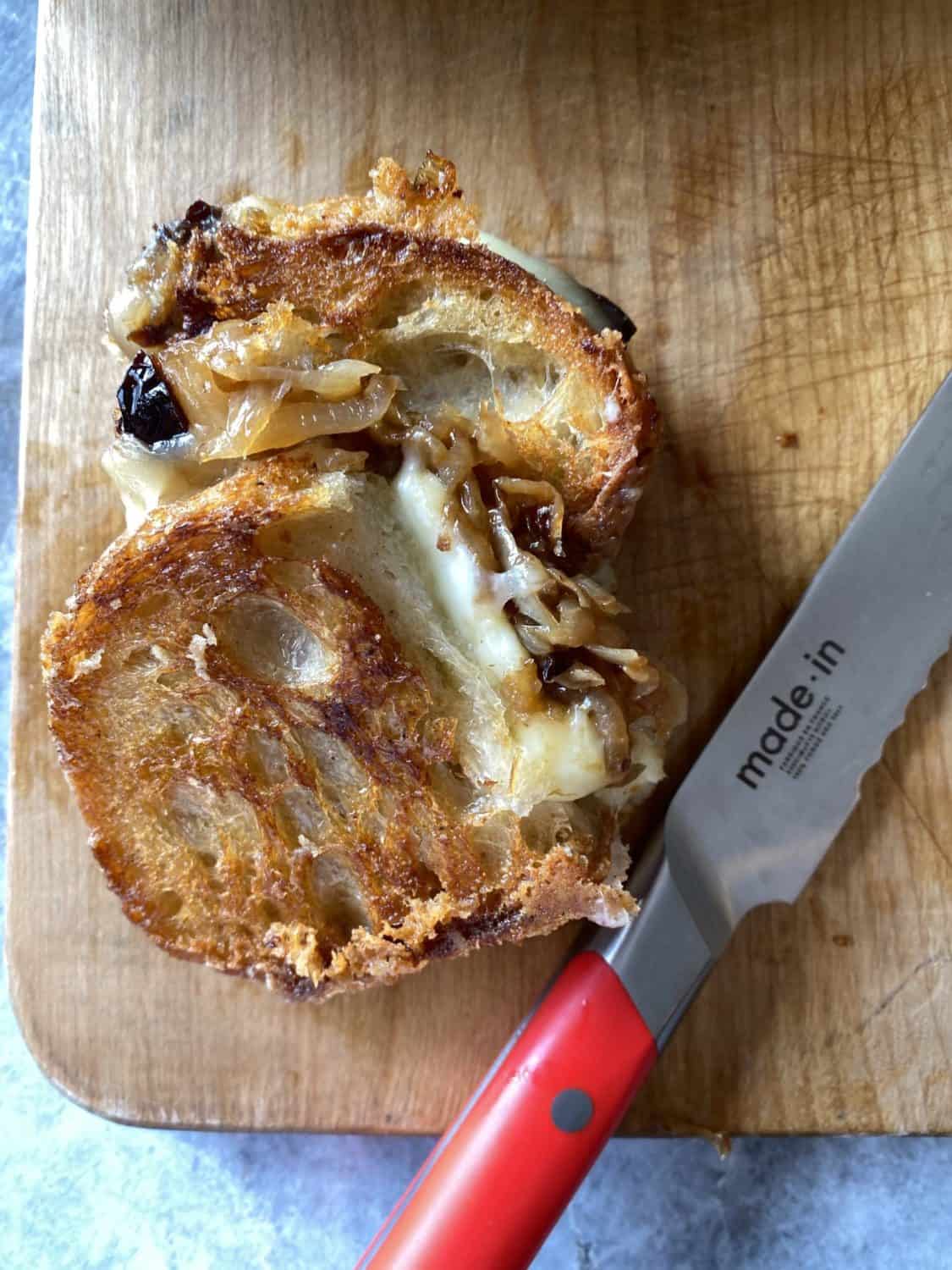
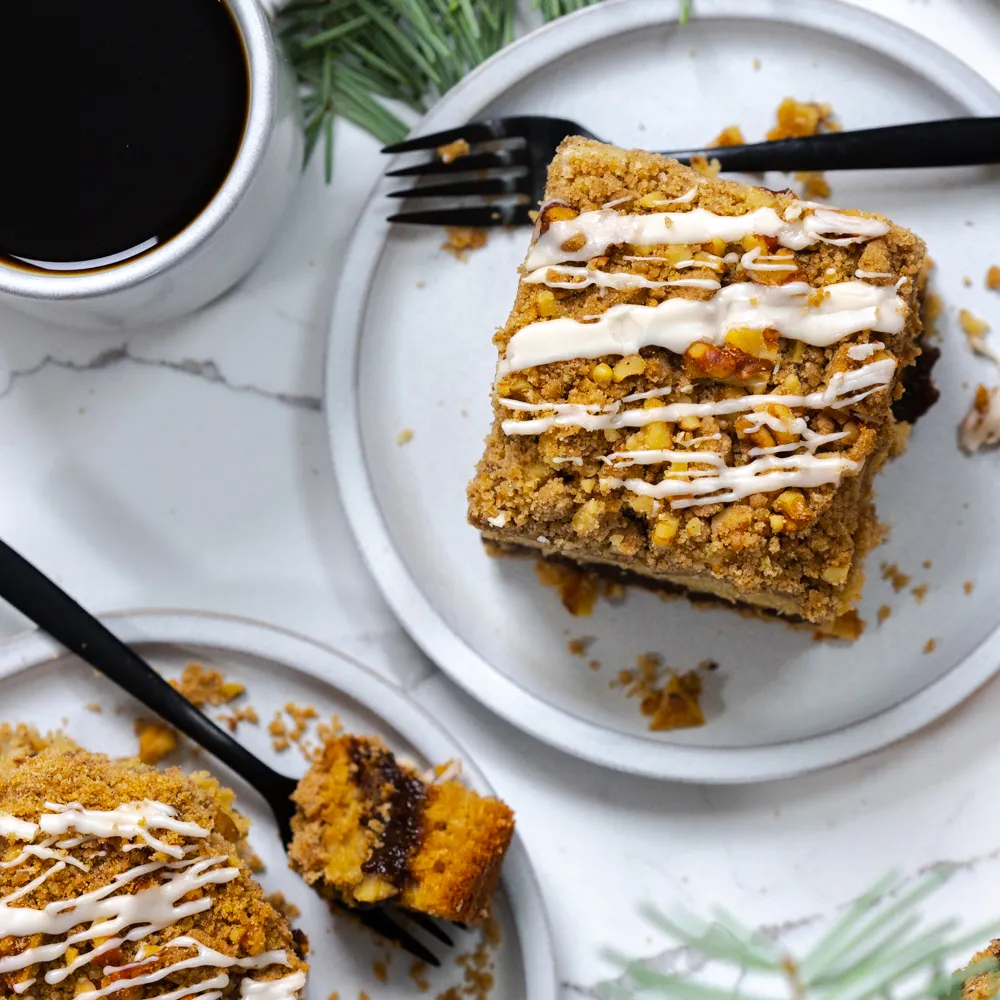
Prune FAQs
Great question. It’s because prunes are made from a specific type of plum. So again, prunes are dried plums, but not all plums are prunes.
We’ve got a better question for you: why aren’t raisins called dried grapes?
The short answer: yes. But it’s important to understand why. You’re paying for improved food safety standards and a more consistent product. You’re ensuring that the product was produced by people who are earning a liveable wage. You’re supporting small family farms.
Yes! Prunes are a prebiotic food, meaning they encourage beneficial probiotic bacteria to take up residence in your gut. Hot-tip: the Mariani Family recently released Probiotic Prunes!
Article by Hilary Rance. Photography by James Collier, Erin O’Neil, Alycia Moreno and Hilary Rance
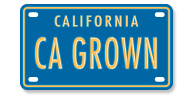
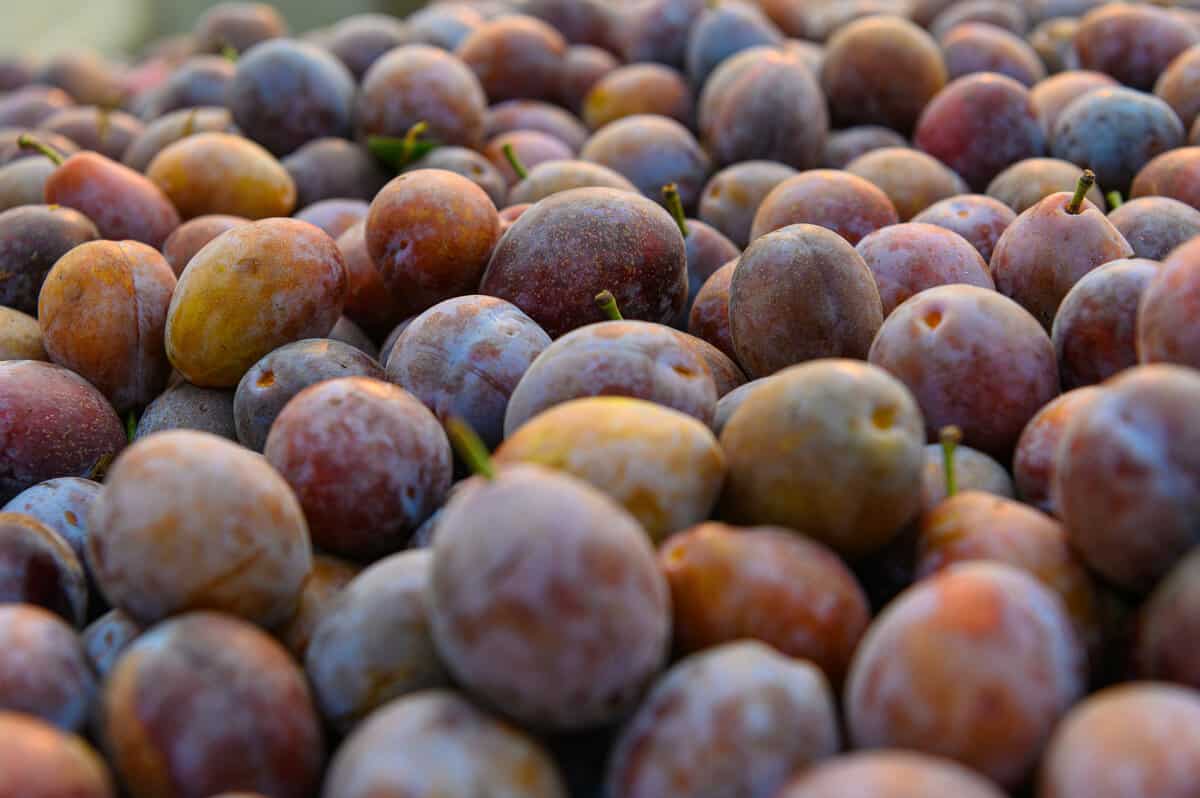
Where can I purchase some prune tree seeds from?
Hi Don! We don’t have a source, but the the California Prune Board might, please email California Prunes at: contact@californiaprunes.org
I would love to purchase fresh tree ripend prunes,not dried prunes.Where might I find them.I’m in the Bay Area we farmed them as a child.
Hi Rick, we don’t have a source, but the the California Prune Board might, please email California Prunes at: contact@californiaprunes.org